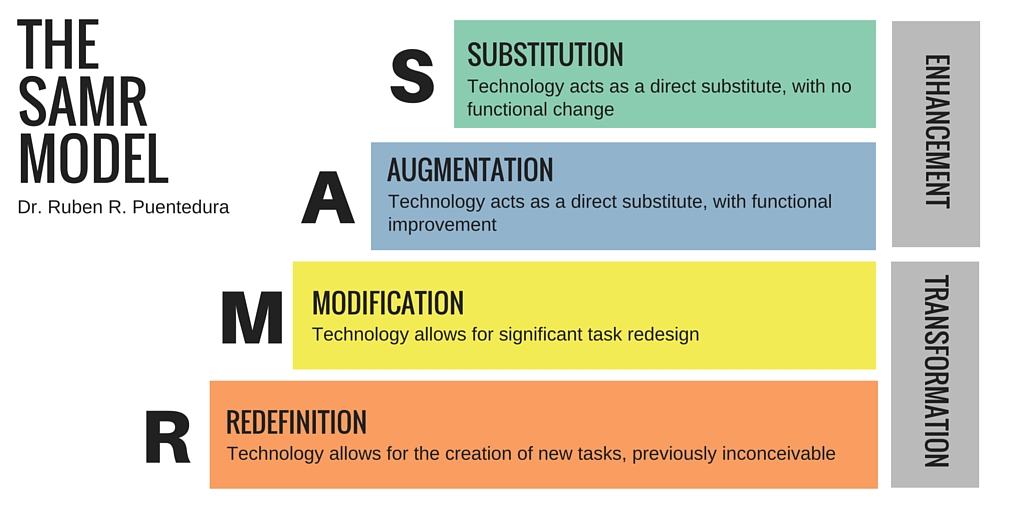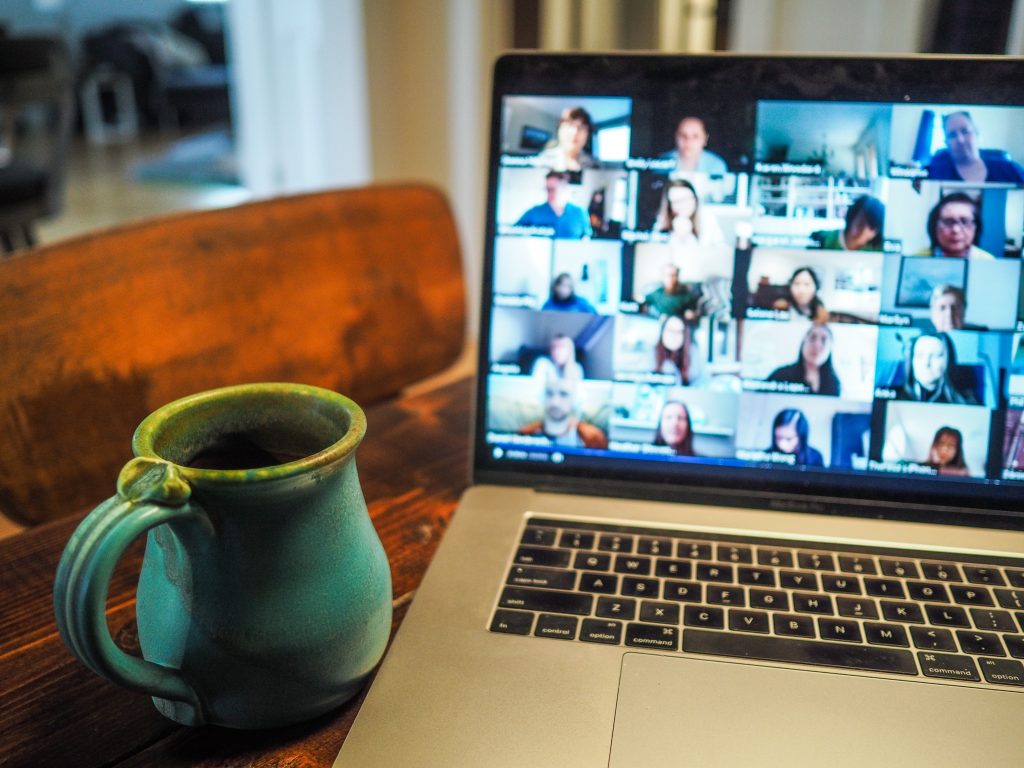This week, we considered education through the lens of blended learning. In doing so, much consideration was given to the questions: 1) “what is blended learning?” and 2) “as educators how do we navigate the blended learning environment?” While recent scholarship suggests a consensus definition is difficult to conclude upon, it is important to identify that blended learning environments combine traditional teaching strategies in a brick and mortar school with digital options to optimize student engagement. It is my aim in this post to respond to the following prompt through my own experiences teaching in a blended setting.
What are your experiences and perceptions related to your own use of blended learning and/or technology integration in your professional context? What challenges and opportunities have you experienced?
Prior to March 2020, my understanding of blended learning remained, at best, a conceptual idea for which I saw little use as a classroom teacher. Consequently, I used technology in superficial ways. Considering Dr. Ruben Puentedura’s SAMR model, much of my technology integration was at the substitution and augmentation level. Students were using laptops to create Word documents and PowerPoint presentations and offered little in the way of functional change. Opportunities to engage with and learn about the capabilities of various technology and platforms was limited.

However, the consequences of the COVID-19 pandemic necessitated teachers, students, and parents to adapt to completely new classroom environments. As the government of Saskatchewan (and provincial governments across Canada) shuttered schools, I recalibrated my philosophy to move my classes online. While most of my students opted to use the time away from school to connect with family and pause from the rigors of their daily education, it allowed me an opportunity to become more deeply acquainted with learning management system platforms and to better understand their functionality.
Terms like “Google Classroom”, “collaboration”, “your mic is off”, became prevalent, and as the pandemic stretches on, remain in our lexicon. But these terms are now deeply synonymous with how we think about new learning spaces. I learned the power that online learning had in allowing students enrichment opportunities. Suddenly, the few students I did have became test subjects for innovation and began learning how to navigate technology in new ways. As an administrator, I found the emphasis on technology welcoming as it enabled stronger and immediate collaboration. I also considered myself lucky to be a part of Living Sky School Division because they invested in resources (Simon Breaksbear and John Spencer) to assist in easing teachers into a new, digital world.

As education in the province returned to “normal” in September 2020, I found myself preparing my courses with the understanding that we would have to “pivot” at a moments notice should COVID present itself as a risk to the health and safety of staff and students. I saw this as an excellent opportunity to create a blended classroom model. The process of doing so, even a year and a half later, remains hard to navigate. I believe it takes many years of practice to develop the requisite skill set to adequately create an environment where seamless learning happens. However, I strive to build my practice around the idea that students develop 21st century tech skills with traditional core learning outcomes.
Opportunities of Blended Learning
- Stronger collaboration between students through the use of the Google Suite
- Instant feedback to my students of their daily formative learning
- Embed 21st learning skills
- Greater flexibility for students to learn remotely
- Student engagement increases
- Course material can be archived and modified year-over-year
- Differentiation of instruction
Challenges of Blended Learning
- Digital divide creates a classroom of haves and have nots
- Creating content can take more time than traditional means
- Some students may disengage and fall behind if they don’t have the skill set
- Coordinating meeting times when students are remote
- Face-to-face communication skills can denigrate

Jeff,
I appreciate your post on blended learning. I felt like March 2020 pushed me to gain skills in technology at “lightning speed”. I especially enjoyed your points on opportunities and challenges of blended learning. I am finding that parents are really finding it challenging to navigate blended learning and are still requesting paper and pencil tasks for students. Do you have any ideas on how to better support them in this shift?
Hi Jeff,
Thanks for sharing your thoughts. I totally agree with you as we started the year that we were all secretly preparing for the infamous “PIVOT”!! But because of this nothing was a surprise and we had it ready or knew exactly who to ask for help.
So I think that can be a challenge in the blending learning style is finding time, and someone you know that can help to build and create these tasks, and programs to make that transition more smooth than to build it all on your own… which I am so guilty of in many areas of my life. So, I have had to take a step a back and ask how can a make this process easier for me.
Thanks for sharing!
Great post! You mentioning that blended learning enables students to learn 21st-century skills is something that I never thought of. Kids today are growing up with technology in their hands, and they need to learn how to become digital citizens, how to navigate the digital world, and blended learning helps with this.
An evolution that occurred so fast. Did we have time to prepare and fully understand or is it an evolving classroom? A place the could be richer and more powerful for our students.
Thank you for sharing. I can really relate to the challenges that you outlined. I have found that there are days when my online students will be good with the scheduled classes, some times where all some want to do is go on Brightspace and watch the videos, and other days where I need to set up one-to-one times for us to work together. Flexibility has been key for providing options for those times when students need to meet in alternative ways.